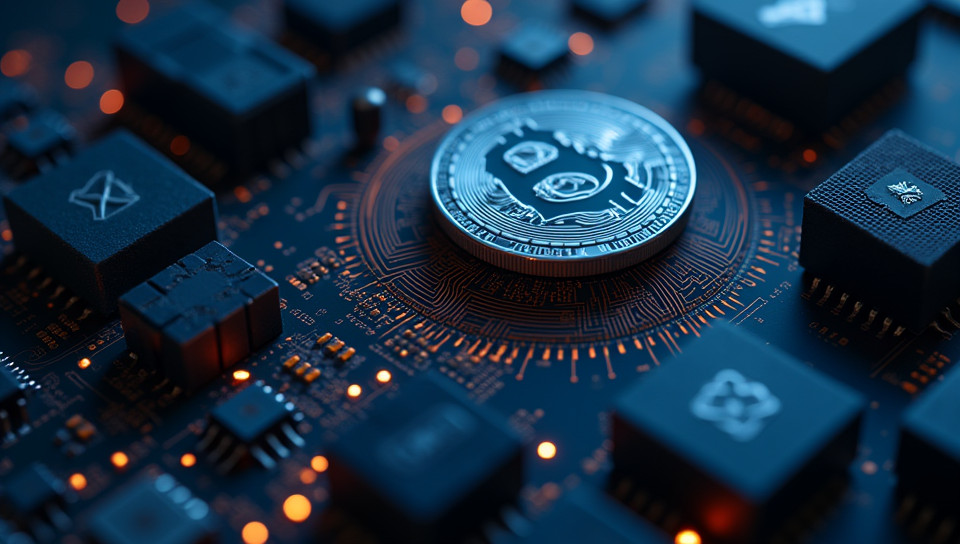Cryptocurrency mining requires significant computational resources 86%
Truth rate:

Pros: 9
Refs: 0
Info:
- Created by: Eva Stoica
- Created at: Sept. 23, 2024, 11:09 p.m.
- ID: 10617
Related:
